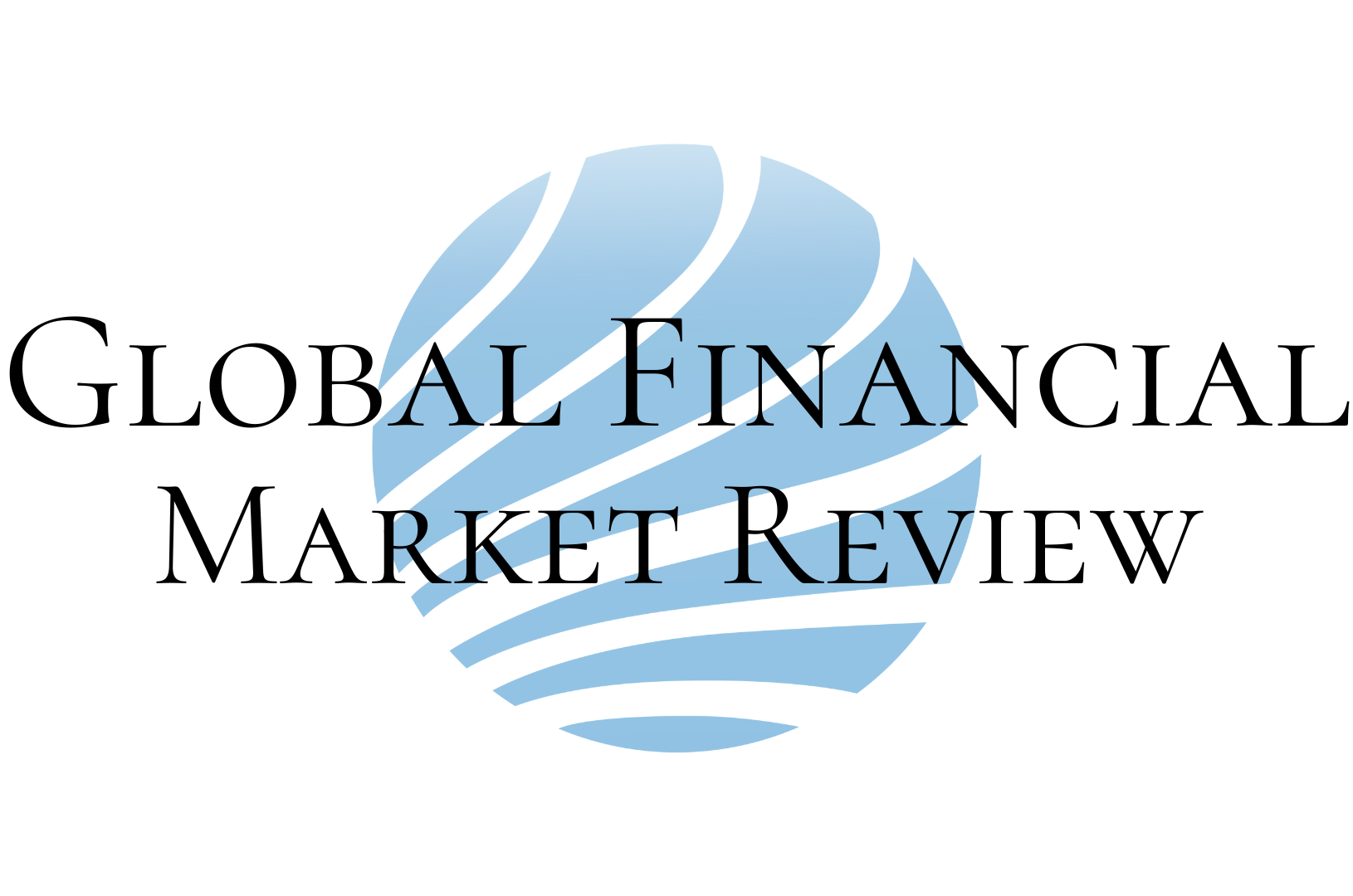Role Of Rating Agencies Needs To Be Reviewed In Wake Of IL&FS Crisis
In the wake of the IL&FS crisis, there is a need to review the role of rating agencies as they continued to rate the NBFC at top notch investment grade even a day before it defaulted on its payment obligation, a top Finance Ministry official said.
IL&FS, a large, systemically important non-deposit accepting core investment company, sent markets into a tizzy with a series of defaults beginning August last year. Rating agencies failed to see the financial troubles brewing and judge the ballooning debt of IL&FS. Following the series of defaults, the credit rating industry came under scrutiny.
While banks were busy with the clean-up exercise, NBFCs went on an aggressive lending spree, Financial Service Secretary Rajiv Kumar told PTI.
“The growth of NBFCs was exponential when banks were cleaning themselves and a kind of a similar situation what happened to the banks in aggressive lending happened to NBFCs.
“Some of the NBFCs which have grown more than the normal need a correction in terms of asset quality management and at the same time need to be regulated more intensely than what has been. Also, the role of credit rating agencies needs to be introspected and looked at as to how entities can remain AAA and can suddenly come down eight notches in a day. So, these roles have to be seen,” he said.
IL&FS, which has been downgraded to junk status by rating agencies, is sitting on a debt pile of around Rs 91,000 crore. Of this, Rs 57,000 crore are bank loans alone, most of which are from state-owned lenders.
State-owned LIC is the largest shareholder with a fourth of the firm’s equity, while Orix Corporation of Japan owns 23.5 per cent.
Other shareholders include Abu Dhabi Investment Authority with 12.5 per cent stake, IL&FS Employees’ Welfare Trust with 12 per cent, HDFC with 9.02 per cent, Central Bank of India with 7.67 per cent and State Bank of India (SBI) with 6.42 per cent at the March-end 2018.
In a bid to align with the best corporate practices, the Finance Ministry has asked the public sector banks to gradually bring down the government’s equity to 52 per cent.
“The government is essentially a major shareholder. So, this need to be aligned to the best corporate practices. The shareholding needs to come down to at least 52 per cent in the first phase. As and when the market condition allows, banks will take a step in that direction. They have the permission in hand, Kumar said.
The country’s largest lender State Bank of India (SBI) has already initiated steps for Rs 20,000 crore share sale through qualified institutional placement (QIP). Post-QIP, the government stake will be diluted from the existing 58.53 per cent.
USAA Ranked Highest By J.D. Power For Second Consecutive Year For Member Satisfaction In Individual Annuities
USAA continues to set the standard for personalized, efficient and reliable service across the industry. Read more
USAA Launches “Honor Through Action,” Committing $500 Million Over Five Years To Champion The Military Community
Movement will focus on meaningful careers, financial security and well-being for our nation’s veterans and military fa... Read more
USAA Extends Government Shutdown Relief, Totaling More Than $411M To Its Members
Nov 05 2025 SAN ANTONIO – November 5 – As the government shutdown continues, USAA is e... Read more
USAA To Serve As Title Sponsor For HYROX Dallas In November 2025
Through military veteran athletes, content and onsite activation, USAA will elevate the importance of well-being through... Read more
USAA Delivers Advice, Financial Assistance As Government Shutdown Continues
FOR THE LATEST DATA ON USAA SHUTDOWN RELIEF, VISIT USAA STORIES: LINK Read more
UPDATE: USAA Delivers $150 Million In Loans Within 48 Hours To Serve Members Impacted By Government Shutdown
FOR THE MOST UP-TO-DATE DATA ON USAA SHUTDOWN ACTIVITY, VISIT USAA STORIES: LINK Read more

